| Structure | Name/CAS No. | Articles |
|---|---|---|
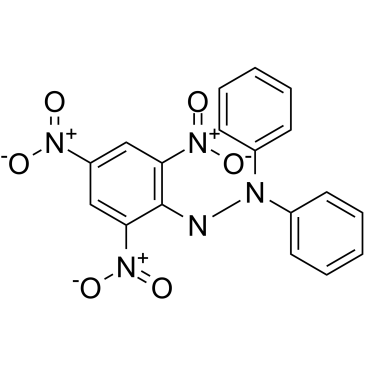 |
DPPH
CAS:1898-66-4 |
|
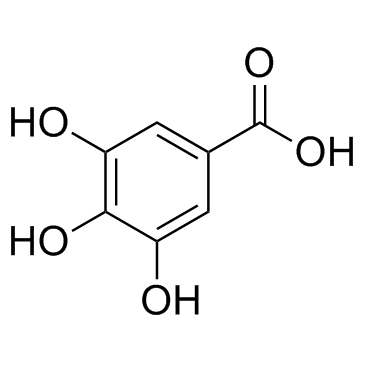 |
Gallic acid
CAS:149-91-7 |
|
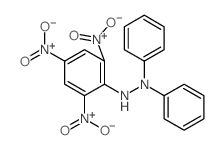 |
1,1-DIPHENYL-2-PICRYLHYDRAZINE
CAS:1707-75-1 |
|
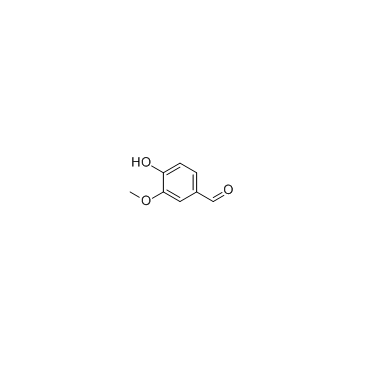 |
Vanillin
CAS:121-33-5 |
|
 |
2,4,6-Tri(2-pyridinyl)-1,3,5-triazine
CAS:3682-35-7 |
|
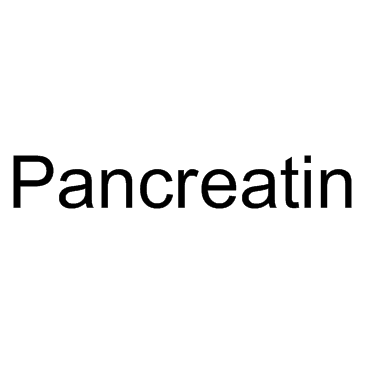 |
Pancreatin
CAS:8049-47-6 |
|
 |
Native Aspergillus niger Amyloglucosidase
CAS:9032-08-0 |
|
 |
Bile, extract
CAS:8008-63-7 |